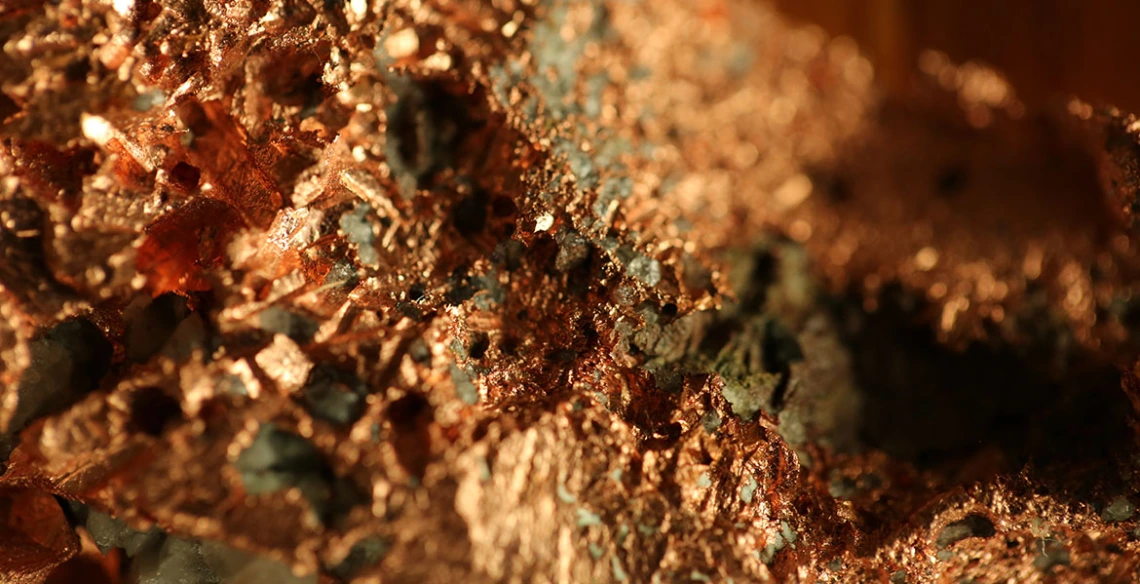Engineering Alum Takes on Leadership of Copper Trade Group
New CEO Adam Estelle plans to remain an ongoing student of the high-demand element.

Copper has antimicrobial properties and helps people fight infections in health care settings, the Copper Development Association’s research shows.
After graduating from the University of Arizona in 2008 with a BS in materials science and engineering, Adam Estelle landed an ideal position as a project engineer with the Copper Development Association. Now, after years of service and proving himself in positions of increasing responsibility, he has been promoted to president and CEO of the nonprofit trade group based in McLean, Virginia.
Copper demand continues to rise markedly. As the CDA’s new leader, Estelle's initial focus areas are building a more resilient copper supply chain in the U.S. and helping industry partners overcome challenges, such as workforce shortages. Sustainability is also at the top of his priority list.
“Our job is to promote, protect and defend the use of copper, and sustainability is an important part of the conversation," said the MSE alum.
Research, Then and Now
Estelle began conducting important copper research right out of the gate, and his results demonstrate the mineral’s varied uses. One of his first projects was working with copper’s antimicrobial capacities for health care.
Infections acquired in health care environments are a significant cause of major illness and death in the U.S. One in three persons who die in a hospital contract sepsis at some point during their stay, according to the Centers for Disease Control, and 2015 figures indicated that 3% of hospital patients had at least one health care-associated infection.
To address this issue, Estelle worked with CDA colleagues to develop bacteria-slaying copper alloys that were incorporated into surfaces like sinks and bed rails, which can harbor infectious microbes.
“Strategically placed copper and copper alloy surfaces offer an added line of defense, as they are continuously working to kill harmful microorganisms that cause infections in between routine cleaning and disinfection steps that only provide limited protection,” said Estelle.
After a retrofit of facilities at the Ronald McDonald House in Charleston, South Carolina, completed in 2012 with the new alloys, tests showed that the updated, copper-infused surfaces had 94% less bacteria than the surfaces they replaced.
“The work was incredibly important and definitively demonstrated copper's powerful and broad-spectrum antimicrobial efficacy in the lab, clinical trials and field settings.” Estelle said. "COVID was a wakeup call that we are vulnerable to infectious diseases, and we need to have the right tools in place to keep people safe and healthy.”
Despite the demands of the new leadership position, Estelle intends to keep up his research, leading and guiding those efforts where his involvement makes sense for the association.
“For CDA to deliver our mission, we have to be ongoing students of the material, the industry, and the technologies that are impacting copper's use in the market,” he said. “That will always require research and effort to understand the issues and empathize with the stakeholders that connect copper to the market.”


